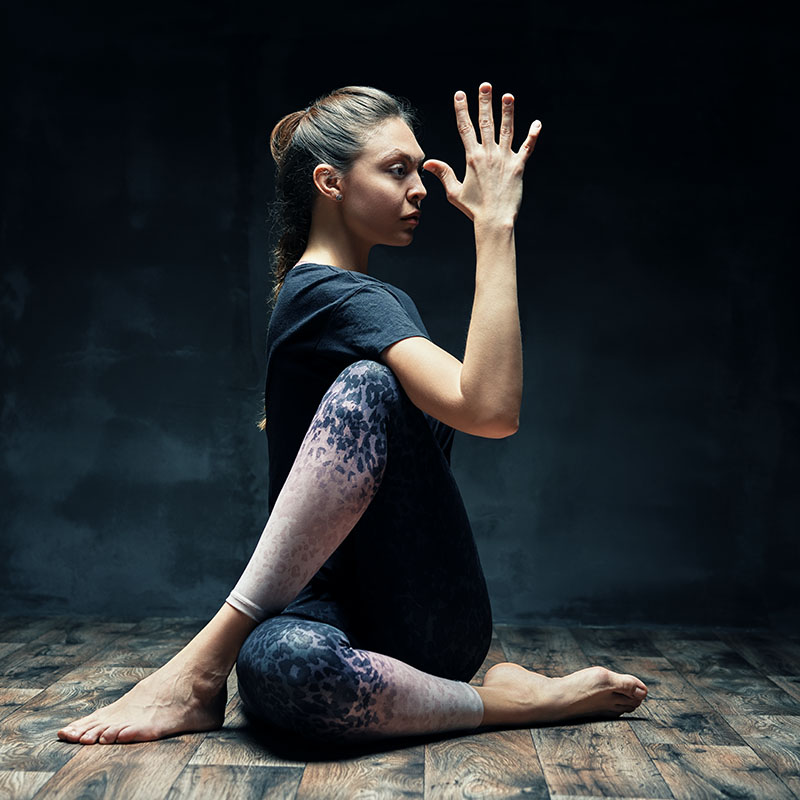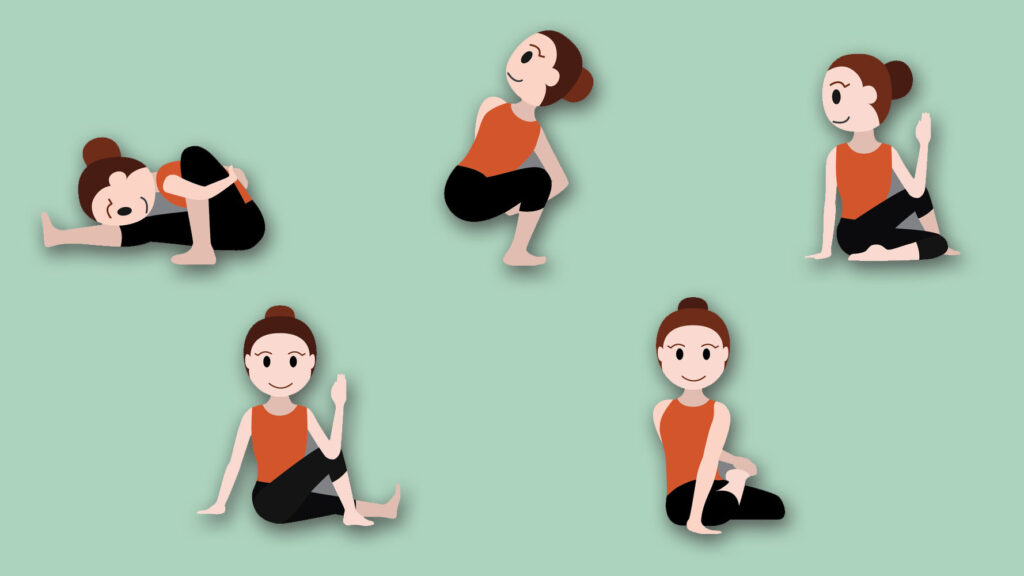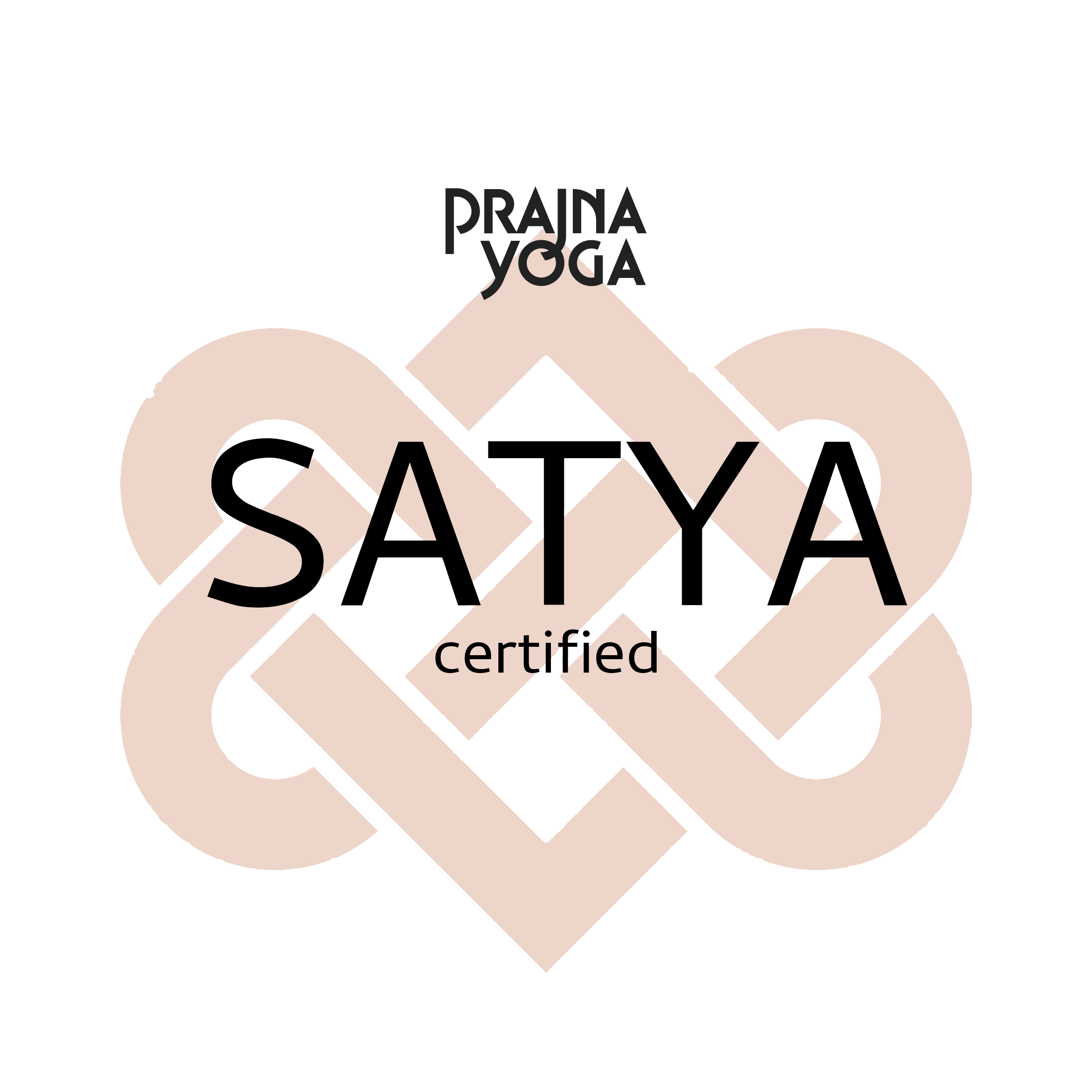In yoga we are often squishing our body parts in wild and unusual ways. What’s the logic behind twisting, binding, folding and rolling on top of stuff?
I put the word science in quotes above because I am by no means a scientist or a doctor and I am not sure if studies have been done on the specific techniques and actions we’ll discuss. There is a theory behind all this and anecdotal evidence to support the claims.
One of the primary theories behind the experience we feel after squishing is that we stimulate the vagus nerve which is the largest nerve in our body and is part of the parasympathetic nervous system (PNS). When we stimulate the PNS we enter our rest & digest response, as opposed to, our fight & flight response which is the sympathetic nervous system (SNS). In the rest & digest response, we feel safe so our digestive organs do the good work of nourishing our body and our mind calms.
Twists and binds are a wonderful way squish. Just take a look below and see how compacted the abdomen is in ardha matsyendrasana (or half lord of the fishes pose). This pose is both a twist and to a lesser degree a bind in the way that her arm is wedged against her knee.

When we start rolling around on a ball under our belly we embrace squishing in a different way. This type of action is often referred to as “self-myofascial release” or “self-massage” and is commonly used in yoga and other movement practices.
By laying on the ball, you can apply pressure to specific areas of your lower back and abdomen, which can help to release tension and tightness in the muscles and connective tissues in these areas. This can promote relaxation and improve circulation, which can help to reduce pain and stiffness in the lower back.
In addition to releasing tension and improving spinal mobility, self-myofascial release exercises can also help to improve body awareness and promote relaxation, making it a beneficial practice for our health and well-being.
So, let’s squish together this spring!




[…] Twist and Squish – A cleansing practice for Spring focusing on twists, folds and breathing. Read more about the Science of Squishing […]